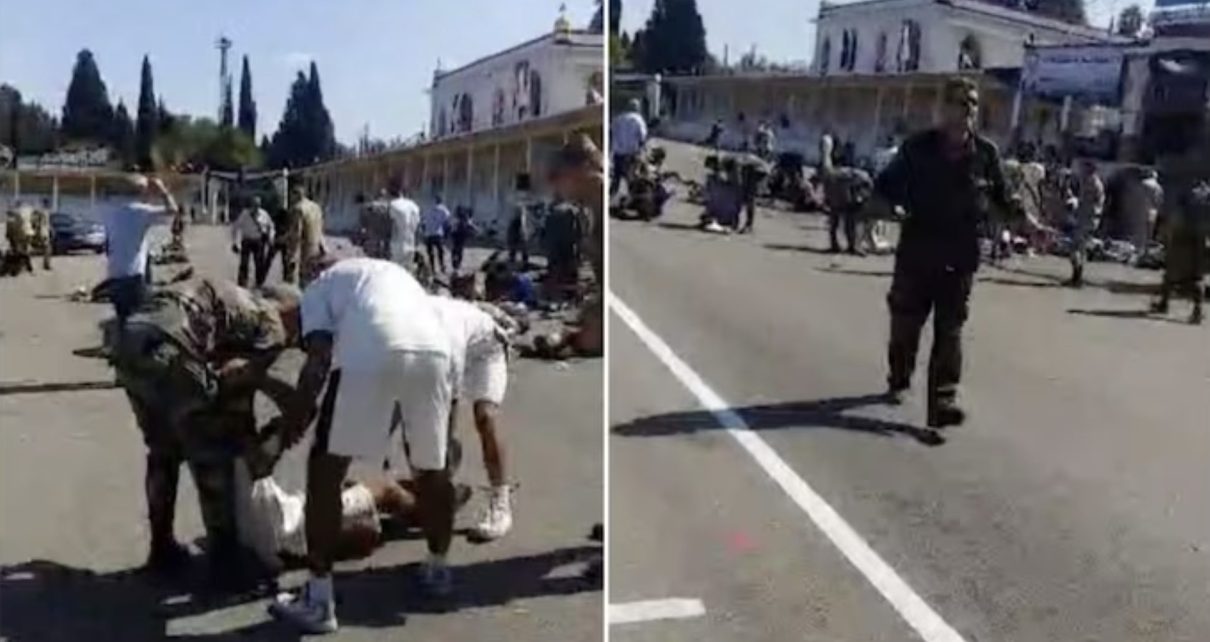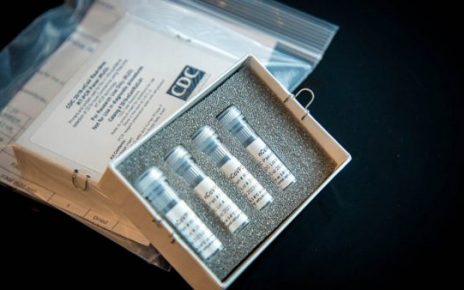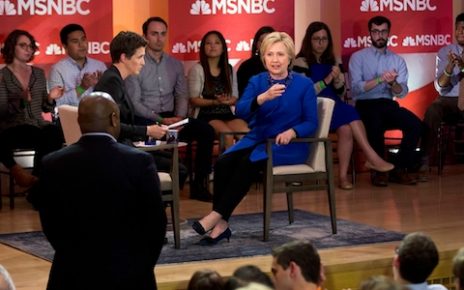At least 100 Syrians were killed in a drone attack on a ceremony at a military college this Thursday, resulting in a declared three days of national mourning. This attack represents one of the largest attacks on the country’s military installations – in terms of casualties – in history. On the same day, perhaps coincidentally, the Pentagon affirmed that their own fighter jet had for the first time downed a drone belonging to NATO ally Turkey.
At a military college in Homs, where hundreds of Syrians had gathered for an induction ceremony, explosions reportedly caused by a drone attack killed roughly 100 and injured as many as 240. The attack is the bloodiest at a Syrian Arab Army (SAA) army instillation, since the beginning of the 12-year war began in 2011. The videos that emerged in the aftermath of the attack show both children and women injured and dead, as a result of the drone strikes. No group immediately claimed responsibility for the terrorist bombardment and the Damascus government announced that it would respond “with full force“, while declaring three days of mourning.
Soon after the attack, which had occurred shortly after the departure of Syria’s Defense Minister from the ceremony, the SAA began firing hundreds of munitions at targets in the Idlib Governorate. Idlib is largely controlled by the Al-Qaeda offshoot known as Hayat Tahrir al-Sham (HTS), with other smaller Takfiri groups controlling smaller pockets in the Idlib area. Warehouses and the headquarters belonging to HTS were directly targeted by Syrian artillery fire, as Jisr as-Shughur, Jabal al-Zawiya, and various other areas in between were also bombarded. The Turkestan Islamic Party, comprised of Uyghur terrorists, was also struck hard, along with smaller Al-Qaeda linked groups. According to Al-Mayadeen News, Syrian military sources indicated that the Turkestan Islamic Party has received drone technology and hence there was a large focus on striking targets belonging to this extremist group.
Idlib is “the largest al-Qaeda safe haven” since #September11 “The approach by some of our partners to send in 10,000s of tons of weapons..may not have been the best approach” – Brett McGurk, Joe Biden’s current National Security Council coordinator for MENA [2017] #Afghanistan pic.twitter.com/nN804kZExH
— WikiLeaks (@wikileaks) September 10, 2021
Turkish Strikes On Kurdish Militants
On the same day that the horrifying drone strikes massacred Syrian soldiers and civilians in Homs, the Turkish armed forces also began launching drone and artillery attacks on positions belonging to Kurdish militant groups in North Eastern Syria and North Western Iraq. Amidst the bombardment of positions belonging to the Kurdish-led Syrian Democratic Forces (SDF) — which operate as a US proxy to maintain the occupation of a third of Syrian territory — the US military deployed F-16 fighter jets.
According to Pentagon spokesman, Brigadier General Pat Ryder, the Turkish armed forces had conducted strikes against Kurdish groups in the Hasakah area, within 1 kilometer of American forces stationed nearby, that prompted the US to take precautionary measures. After repeated warnings were allegedly made towards a Turkish UAV, the US decided to relocate its armed forces to bunkers and shoot down the drone with an F-16 fighter jet.
This was the most serious encounter between forces belonging Turkey and the United States, since 2019 when US forces reportedly came under fire from Turkish held positions during that year’s incursion into North Eastern Syria, aimed at creating a buffer zone between the Kurdish-led SDF and the Turkish border. Ultimately the US ended up withdrawing its forces and abandoning its Kurdish proxy at the time, before returning to the territory once Turkey had established its buffer-zone inside North Eastern Syria; that was put under the control of the Syrian National Army (SNA), a force created by Turkey that used former Al-Qaeda linked fighters from the ‘Free Syria Army’. The encounter this Thursday was followed by a call that was labelled “fruitful“, between US Defense Secretary Lloyd Austin and his Turkish counterpart.
The Turkish military, contrary to the claims made by the Pentagon, asserted that the UAV shot down by the US Air Force was not one of their own, but refused to provide any details on who the drone belonged to. The drone allegedly came within 0.3 miles of US forces stationed in the area, triggering the American response.
Ankara has stated that its airstrike campaign, which drew return fire from Kurdish militants, had been in response to a bomb attack carried out in the Turkish Capital, on the prior Sunday, which Turkey had blamed on the Kurdistan Workers Party (PKK). On that day, hours prior to the arrival of Turkish President, Recept Tayyip Erdogan, a suicide bomber detonated his belt outside the nation’s Ministry of Interior, while a second suspect injured two police officers after engaging in a shoot out. Turkey has long threatened an invasion of North Eastern Syria — where Kurdish militants maintain a stronghold — aimed at dismantling the armed Kurdish groups there.
How Turkish Strikes Against The SDF May Connect To The Homs Attack
The bloody massacre in Homs, perpetrated against Syrian civilians and soldiers, came as a shock to the entire nation and those who follow the ongoing conflict. Not least because the armed exchanges between the SAA and its opposition have long stalled, in fact, the entire conflict has in essence been at a standstill since 2019. Although there were indications of an imminent Syrian military operation, back in 2018, that was allegedly designed to recapture the rest of the Idlib Governorate from Hayat Tahrir al-Sham and affiliated Takfiri groups, no such operation ever occurred. Since then, the conflict has been punctuated by somewhat spontaneous outbursts of intense violence, but has primarily fallen to a standstill, whereby the main means of war has been the economic sanctions imposed on Damascus by the EU, UK, and US governments.
Earlier this year, reports began to emerge from Syrian opposition media, of high profiled meetings between the Kurdish-led SDF [controlling North Eastern Syria] and Al-Qaeda linked HTS [controlling North Western Syria’s Idlib]. The meetings allegedly concluded positively, with the dialogue being aimed at paving the way towards a future Joint Civil Administration between the two groups. This led to some anxiety in Damascus, which viewed this as a possible threat, one that could have amounted to a US-backed plot to rekindle the war.
At this current time, the US government controls the Tanf Governorate of Syria, situated in the south of the country along the Jordanian border and does so with private military contractors, while it also uses the SDF to aid in its occupation of North Eastern Syria. According to a Syrian military source who spoke with The Last American Vagabond, who chose to remain unnamed, there were intelligence reports that indicated that the US was readying fighters for combat in their Al-Tanf military base. Russian intelligence reports also indicated, late last year, that the US had freed Daesh prisoners and were training them inside this facility, but noted that these terrorists were likely being prepared to fight in Ukraine.
When Damascus and Ankara seemed close to a breakthrough in reviving diplomatic relations, which was speculated to be nearing earlier this year, HTS publicly expressed their disproval of such a normalization deal with the Syrian government. Part of the reason why the SAA has not been able to invade and recapture Idlib is because of Turkey’s military presence there that has kept Al-Qaeda-linked groups safe; something which could quickly change given a normalization agreement between the Syrians and Turks. So, naturally, HTS turned to the next best option at securing a future to the maintenance of their rule, especially as local discontent continues to grow over their repressive policies; that option was a dialogue with the SDF.
The SDF are comprised of Kurdish YPG militants, considered to be members of a terrorist group by Ankara, and are linked to the PKK as well. For Turkey, it is a priority to purge the region of these Kurdish groups and it cannot depend upon HTS to help it in doing so, especially as this would have serious ramifications for Al-Qaeda linked HTS. An offensive from HTS which is aimed at destroying the SDF could draw a strong US response. Although the US is the NATO ally of Turkey, its natural ally at this time is the Syrian government, as the Americans do not wish to sacrifice their Kurdish proxies and abandon Syrian territory.
The US needs the Kurdish-led SDF to maintain its occupation of roughly a third of Syrian territory, which the White House claims is for the primary purpose of combating Daesh. However, the reality is that the US controls this area through its proxy in order to maintain control over the Iraq-Syria border, Syria’s oil resources, and the country’s most fertile agricultural lands. By keeping this key territory under its control, it is able to strangle the Syrian economy, monitor and sometimes prevent weapons transfers from Iraq and Iran, in addition to assuring that the nation’s East side is unstable and that post-war reconstruction is prevented.
If Turkey is to invade North Eastern Syria, or at least launch a significant enough attack to do real damage to the SDF, the US will naturally be forced to withdraw its own forces from North Eastern Syria; as it did when the Turkish military invaded North Western Syria in 2018 and North Eastern Syria in 2019. Washington is forced to withdraw its forces because it cannot land itself in a conflict with a NATO ally. So, in the event that Turkish President Erdogan launches such an offensive, the fear from the SDF and HTS is that the Damascus based Syrian government will launch its own series of attacks to retake part of North Eastern Syria.
Now, what does this all have to do with the US downing a Turkish drone and a terrorist drone attack on the Homs military college? Possibly everything. If HTS, or another one of the armed groups inside of Idlib are seriously fearing a major Turkish military operation in Syria, because of what this could mean for them, it is likely that they may have had a huge incentive to strike the Syrian military college ceremony.
What we have to understand about the target that was hit, is that this was not a pure military target, in the sense that the purpose was not likely taking out a high value military asset. The ceremony that was held inside the military college was for Syrian army cadets that had just graduated, many of them had just finished their studies at university and were going on to complete their mandatory military service. So, the ceremony was packed with the families and friends of the cadets, making it technically a mixed civilian-soldier ceremony. The bloody massacre caused maximum social impact inside of Syria itself and seems to have been calculated to have done as such.
In terms of motive, it is clear that any of the militant groups in Idlib would have had a strong one. However, only the Turkestan Islamic Party and Hayat Tahrir al-Sham are suspected to possess drone technology that would be capable of inflicting the carnage caused on Thursday. If it was either of them, it is possible that they could have recently acquired new drone technologies. When I reached out to a Syrian military source, I was informed that it does not appear likely that Turkey would allow for HTS or any group that it coordinates with in Idlib to operate its own drones, however, they said that they could have acquired drone technology. Regardless of what the Turkish involvement may have been, it is safe to say that it would make sense for either Idlib-based group to have launched the attack.
Where things are not clear is the issue of who actually carried out the attack, which at this current moment is hard to decipher. It is also difficult to know whether the Turkish army was telling the truth when it made the claim that the UAV shot down by the US was not their own. If Ankara’s claim is true, this would mean that the Idlib-based groups could have got their hands on drone technology that caused the US to mistake their UAV for a Turkish one. Yet, in this case, Turkey has every reason to deny it was their drone; in order to calm tensions with their allies in Washington.
The most obvious explanation here, is that Idlib-based groups carried out the attack on the Syrian military ceremony in order to either send a message and/or to cause a stir between Ankara and Damascus. The terrorist groups operating inside Idlib will not likely stand idly by as Turkey and Syria normalize ties, because they know that this is the beginning of the end for their short tyrannical US-backed rule over Syrian lands. This does not mean that it was certainly these groups that launched the attack, nor should we completely rule out an SDF or Turkish hand in the attack, despite this being less likely.





